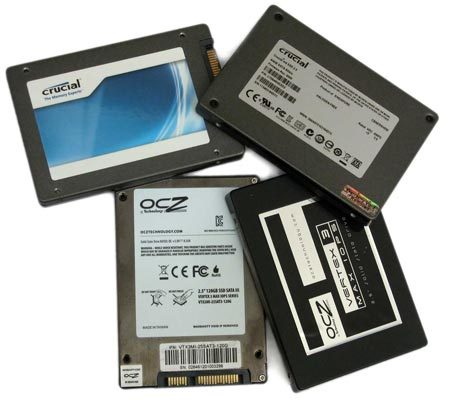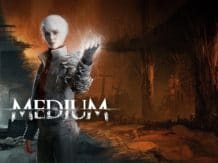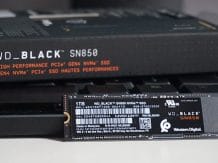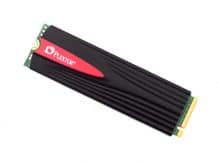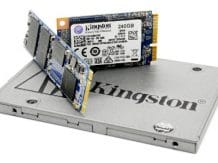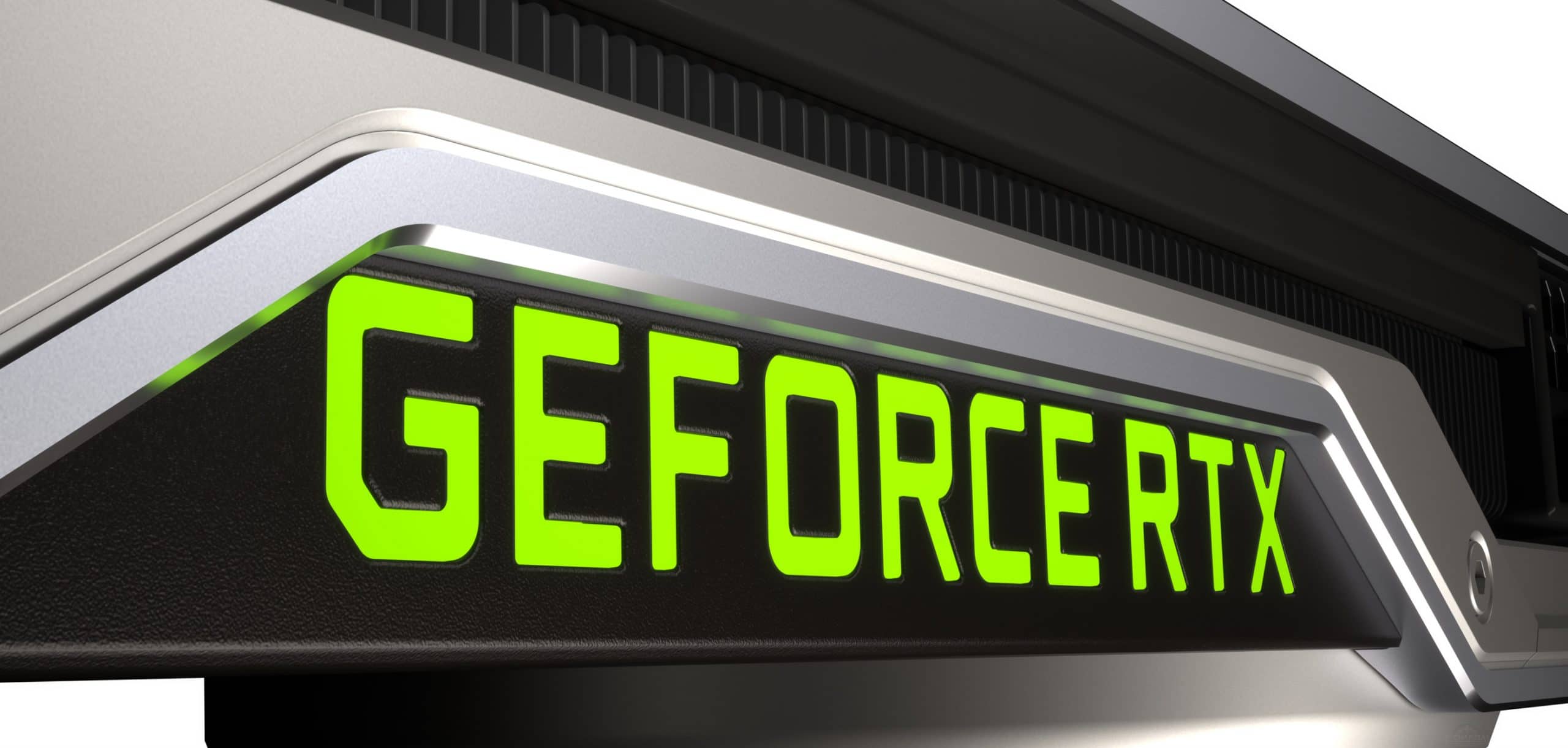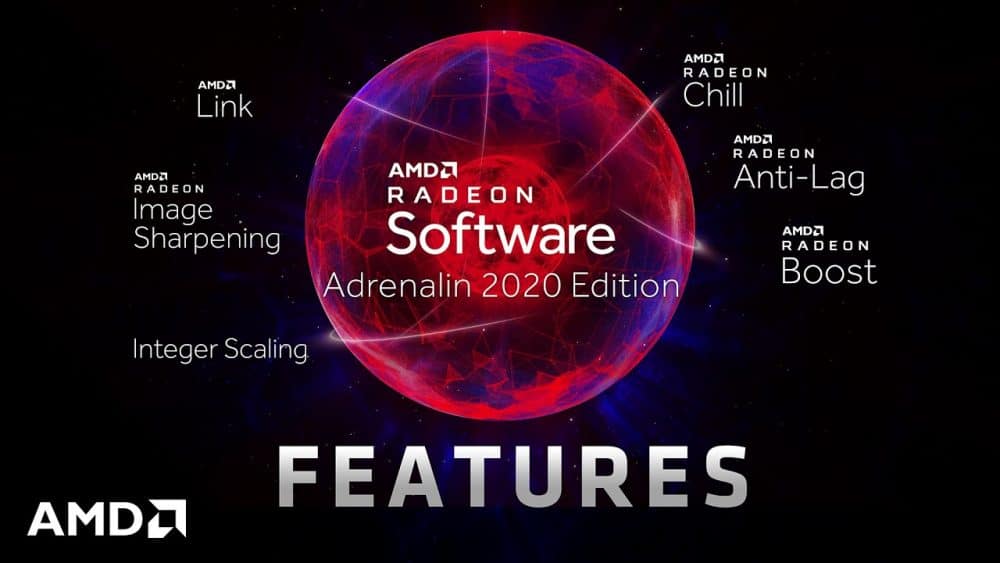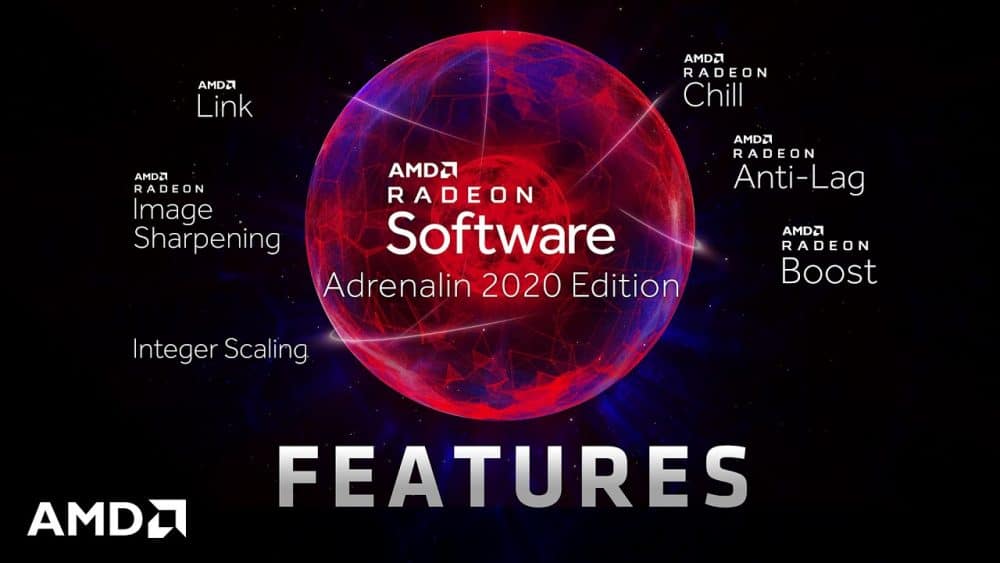SSD RAID – Good or nonsense? – Today will will take a look at the Specs, Hashrate, CPU performance and also a testing of this SSD Drive. We will go into more details as it regards to the testing in the article below.
Everyone knows that SSD is great. Many also believe that RAID arrays are the key to high performance. Did you want to assemble a RAID from an SSD? Or maybe they were wondering which is more profitable: to buy one large disc, or to organize joint work of several small ones?
This material should help you make your choice.
Test participants
There will be no new drives this time. All of them have already participated in earlier articles. The only difference is their number.
OCZ Vertex 3 Max IOPS, 128 GB



announcements and advertisements
-14000р на RTX 3060 ASUS Dual
RTX 3060 MSI Gaming – a drain for a penny
RTX 3070 cheapest and all at Compeo.ru
-15000р на RTX 3060 MSI Ventus
Prices for video cards went down steeply
-14000р на RTX 3060 Gigabyte Eagle
Another top vidyaha with a mega discount
RTX 3060 – prices have gone down
First-hand Z590 motherboards at very good prices
RTX 3060 12Gb in XPERT.RU – be in time 🙂
Galaxy S20 family price crash 25% discount
RTX 3070 at XPERT.RU at the lowest prices
Lots of RTX 3090 in XPERT.RU
A single Vertex 3 Max IOPS was tested in the Vertex 4 review. Here it is the “mid-to-best” in the 128GB weight class.

Before testing in arrays, the firmware was updated to version 2.22. By the way, CrystalDiskInfo 5.0 learned to see disk parameters inside RAID.
Crucial M4, 64 GB



This SSD participated in the article about Plextor drives and proved itself to be a very smart drive for such a volume. The main task is to check how an array of small disks can cope with one large one.

The latest available firmware was used, namely 000F.
WD Caviar Blue, 500 Гбайт



This veteran in the full sense of the word was tested in a review of caching SSDs, and the AAKX line was introduced back in 2010. Despite the fact that Western Digital is already mastering terabyte “pancakes” with might and main, this hard drive has not yet been discontinued. The age of the “hard drives” working for people reaches ten years, many do not change them until the breakdown, so it can be argued that a two-year-old model will be faster than an average disk. If this is your case, you can estimate how much faster SSDs will be.

SMART values have “grown” since the last time we met, nevertheless, the drive is in good condition.
Summary table of technical characteristics
Model | OCZ Vertex 3 Max IOPS | Crucial M4 | WD Caviar Blue |
| Model number | VTX3MI-25SAT3-120G | CT064M4SSD2 | WD5000AAKX-001CA0 |
| Volume, GB | 120 | 64 | 500 |
| Form factor | 2.5” | 2.5” | 3.5” |
| Interface | SATA-III | SATA-III | SATA-III |
| Firmware version | 2.15 | 0309 | 15.01H15 |
| Device | SandForce SF-2281 controller + Toshiba 34nm sync. Toggle Mode FLASH | Controller Marvell 88SS9174 + Micron 25nm sync. ONFI FLASH | 1 platter 500 GB, 7200 rpm + 2 heads |
| Cache, MB | Not | 128 | 16 |
Test stand and testing methodology
Test stand:
- Motherboard: ASRock Z68 Extreme7 Gen3 (BIOS 1.30);
- Processor: Intel Core i7-2600K, 4.8 GHz (100 x 48);
- Cooling system: GELID Tranquillo Rev.2;
- RAM: G.SKILL Ripjaws Z, F3-17000CL9Q-16GBZH (1866 MHz, 8-10-9-26 1N) 2×4 GB;
- Hard drive: WD Caviar Blue, WD3200AAKX-001CA0, 320 GB;
- Video card: ASUS GTX 580 DirectCu II, 1.5 GB GDDR5;
- Power supply: Hipro HP-D6301AW, 630 W.
The system boot process and in-game videos were recorded via HDMI using an AVerMedia AVerTV CaptureHD TV tuner on another PC.
System software:
- Operating system: Windows 7 x64 SP1 Ultimate RUS;
- Operating system updates: all as of 03/08/2012, including Direct X;
- Driver for video card: NVIDIA GeForce 295.73;
- Driver for SATA controller: Intel RST 11.1, controller operates in RAID mode.
Testing technique
Global settings:
- There is no antivirus installed in the OS that can affect the measurement results, Windows Defender is disabled.
- For the same reason, the File Indexing Service, Update Service, and Scheduled Defragmentation are disabled.
- Disabled Windows UAC, which made it impossible for some test programs to work.
- Disabled System Restore and Hibernation – saving disk space.
- Disabled Superfetch.
- The swap file is 1 GB.
- Power Profile – High Performance. Never disconnect drives.
- At the time of taking measurements, background monitoring programs such as Crystal Disk info, HWMonitor, perfmon counters and others are not used.
- The disk write cache is enabled, unless otherwise indicated (in the device manager, in the disk properties on the policy tab, the checkbox “Allow write caching for this device” is checked). “Enhanced Performance” is not activated. TRIM is enabled (DisableDeleteNotify = 0). Typically, the default drive is configured like this, but you still need to make sure.
- All drives were connected to the SATA-III port, unless otherwise noted.
The set of test applications is as follows:
- Crystal Disk Mark 3.0 x64. A popular test that measures the speed of a disk in eight modes: read and write with sequential access, in random mode in large blocks of 512 KB, small blocks of 4 KB, and the same 4-KB requests with a disk queue of 32 requests ( checking the efficiency of the NCQ and load parallelization mechanisms). The default settings were used, namely, a five-fold run of incompressible data on a 1000 MB section.
- PCMark 7 x64. Latest version of Futuremark test suite.
- Intel NAS Performance Toolkit 1.7.1. NASPT is a very powerful test, comparable in functionality to IOMeter and designed primarily for testing network drives. It is quite suitable for testing local disks.
- FC-test 1.0 build 11. The program worked on two NTFS partitions, representing all the space available for formatting, divided in half. Before the start of each measurement, the computer was rebooted, the whole process is fully automated.As test suites, we used the Install templates (414 files, totaling 575 MB), ISO (3 files, totaling 1600 MB), and Programs (8504 files, totaling 1380 MB). For each set, we measured the speed of writing the entire set of files to the disk (Create test), the speed of reading these files from the disk (Read), the speed of copying files inside one logical disk (Copy near), and the speed of copying to the second logical disk (Copy far). Windows’ aggressive write caching skews the results in the Create test, and the two methods for copying to SSD are no different, so I’ll limit myself to publishing the remaining two results for each template.
- WinRAR 4.11 x64. In this and all subsequent tests, the drives were system drives: the reference Windows image, including all the necessary programs and distributions, was uploaded using Acronis True Image 12. The test file was an archived Windows 7 folder. 83,000 files with a total volume of 15 GB were compressed in the standard way to 5.6 GB. The measurement showed that the disk compression speed is minimally affected, therefore, to save time, only unpacking into a neighboring folder was tested.
- Microsoft Office 2010 Pro Plus. The installation time was measured from the distribution, which is an ISO copy of the original DVD, mounted in Daemon Tools.
- Photoshop CS5. Everyone’s favorite graphic editor was installed from an ISO image connected using Daemon Tools. Both versions (x32 and x64) with an English interface were installed and the installation time was measured. As a benchmark, we used a scheme from this specialized forum, namely, this script, which creates an image of 18661×18661 pixels and performs several actions with it. The total execution time was measured without pauses between operations. In an amicable way, such things require a huge amount of RAM, so the test drives, in fact, boils down to checking the speed of work with a scratch file and a Windows swap file. Photoshop was allowed to occupy 90% of the memory, the rest of the settings remained at default.
- Boot Windows 7. Three time intervals were measured: the interval from the moment the power button was pressed to the appearance of the Windows logo, the time until the appearance of the Windows desktop, and the time until the end of loading applications: Word 2010, Excel 2010, Acrobat Reader X, and Photoshop CS5 were located at startup, which opened the corresponding files. In addition, Daemon tools and Intel RST started in the background. The end of the download was considered the appearance of the photo in Photoshop, other applications were launched earlier.
- Launching programs. In the already loaded OS, a bat file was launched that simultaneously launches the aforementioned Word, Excel, Acrobat Reader and Photoshop with their documents, as well as WinRAR, which opens a test archive with Windows. The longest operation is reading files in the archive and counting their number.
- Crysis Warhead. A popular shooter in the past was used to test the speed of installation and loading (from the moment you left the desktop to the start of the 3D scene). Earlier it turned out that this game has one of the strongest disk dependences, so it works great as a benchmark for drives. The installation was carried out from the original DVD, unpacked to the system disk in the form of a set of folders. The launch was carried out through the Crysis Benchmark Tool 1.05 utility with the following settings:
– Quality Settings: Very High;
– Display resolution: 1280 x 1024;
– Global settings: 64 bit, DirectX 10;
– AntiAliasing: no AA;
– Loops: 1;
– Map: ambush flythrough;
– Time of Day: 9.
- Crysis Warhead. A popular shooter in the past was used to test the speed of installation and loading (from the moment you left the desktop to the start of the 3D scene). Earlier it turned out that this game has one of the strongest disk dependences, so it works great as a benchmark for drives. The installation was carried out from the original DVD, unpacked to the system disk in the form of a set of folders. The launch was carried out through the Crysis Benchmark Tool 1.05 utility with the following settings:
- World of Tanks. Famous MMORPG. Games of this kind are highly dependent on network speed, so all measurements were carried out on weekdays in the morning on the WOT RU2 server, when there were 30-35 thousand people on it. Internet channel 100 Mbit, ping in the game 20-30 ms. Loaded map Himmelsdorf, position 1, training battle 4-8 people, tank MS-1. The resolution is 1280 x 1024, anti-aliasing is disabled, the quality of the graphics is very high.
- Lineage II. Another well-known and highly disc-dependent MMORPG. The Russian official version of Goddess of Destruction: Chapter 1 Awakening and two given replays were used. The technique of their reproduction is taken from the 4game.ru forum. We measured the installation time of the distribution kit, and also analyzed the Fraps frametimes log based on this technique. All settings, except the screen resolution, are made in accordance with the recommendation:
– Resolution: 1280 x 1024, 32bit, 60Hz, full screen mode;
– Textures, Detailing, Animation, Effects: Bottom;
– Terrain, Characters: Very wide;
– PC / NPS Limit: Max;
– Weather, Antialiasing, Reflections, Graphics, Shadows, Ground Detail, Improved Effects: none.





